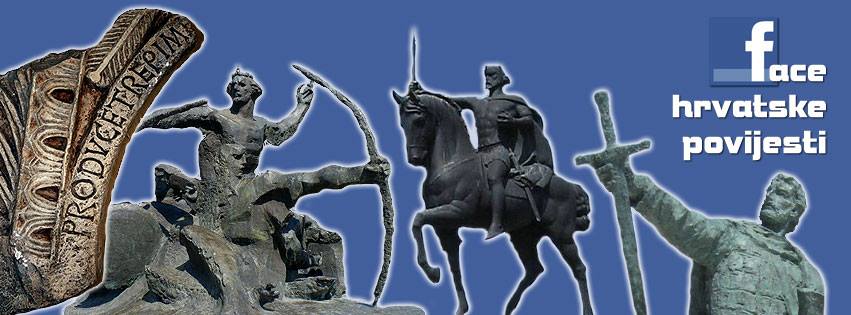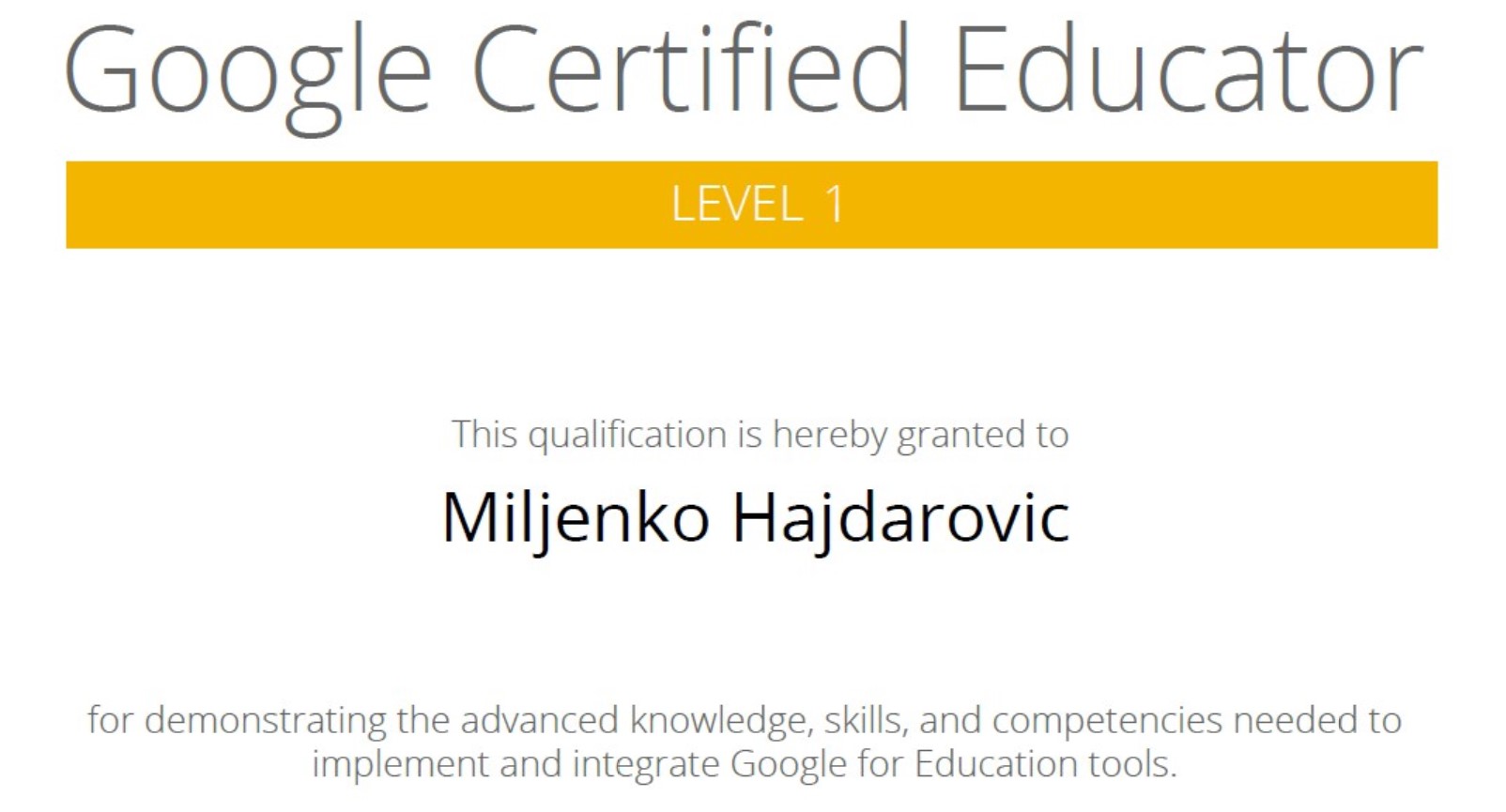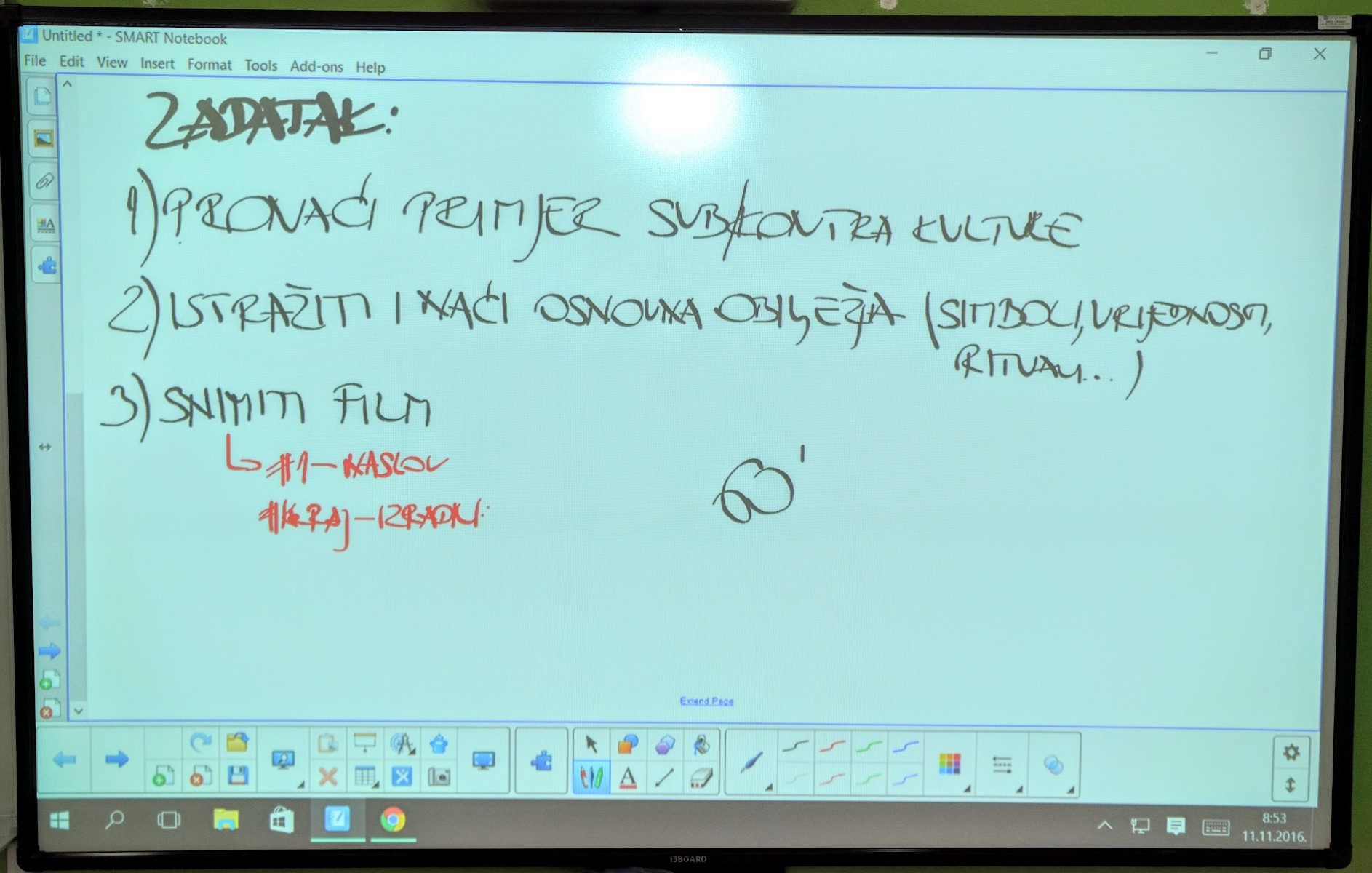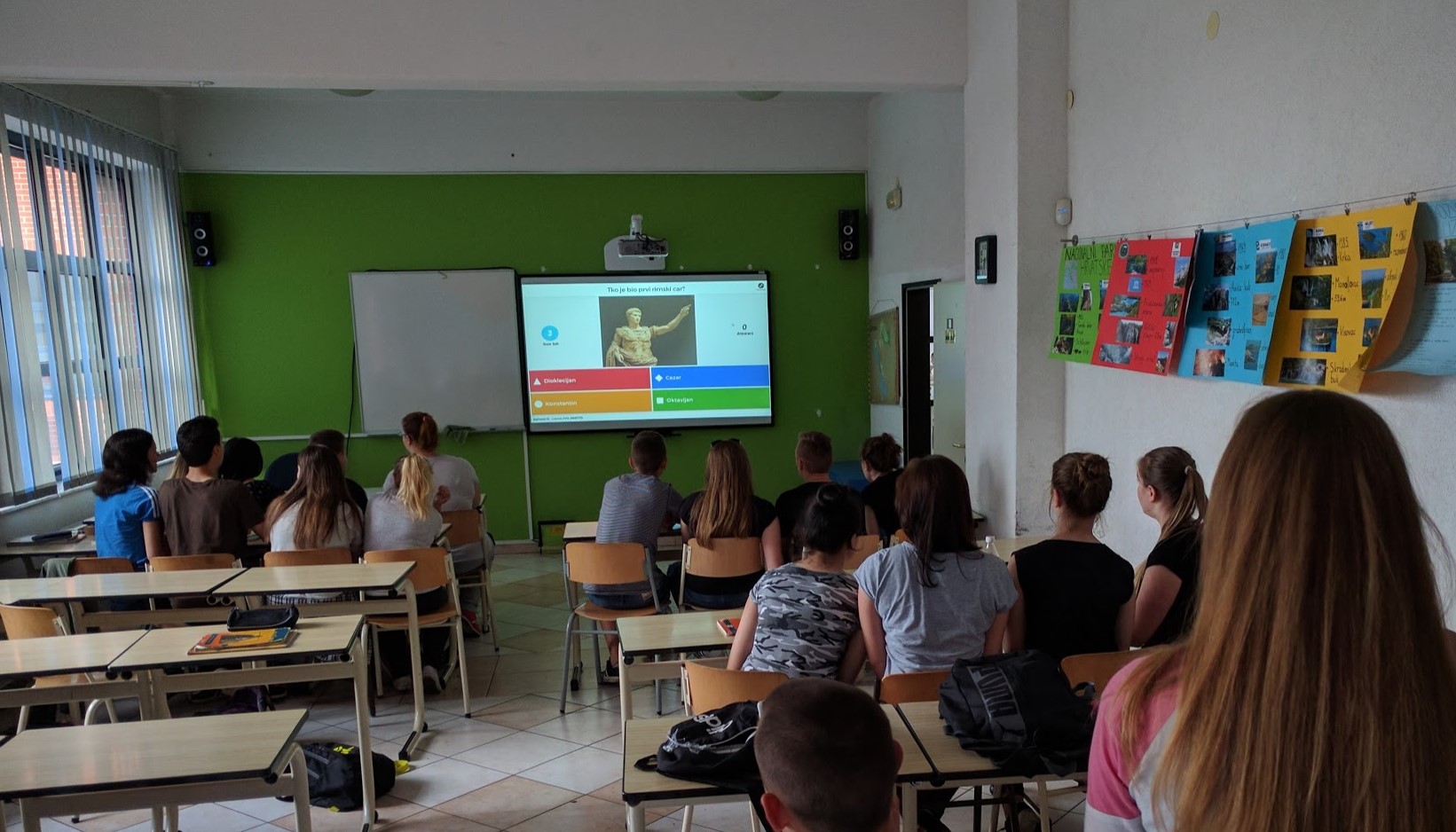It’s time for Santa and Elves and if we keep playing with our imagination let us look to the online world. If we imagine a big microscope that can look behind web pages, codes and stuff we could probably see the smallest parts of the digital universe. And the smallest parts are just two numbers: 0 and 1. That’s the binary numeral system which represents numeric values using two different symbols: typically 0 (zero) and 1 (one). Each digit is bit.
Now let’s go back to the “real” world. Why did I start this blog entry with the binary system? When I throw the word Facebook between teachers most of the time I get binary answers. Yes and No. Every side has there own reasons why they use Facebook in schools or why they don’t use it. Let me take you to the dark side of the Force. Let’s use Facebook for history education! (Important note: please check your school policy on this issue).
So, why and how do I use Facebook in history education? First the why. When I talk to my students 98% of them have a Facebook account. They are high school students and spend a lot of their free time online. Facebook is their main social network but definitely not the only one. My education philosophy is to use whatever I can to achieve that needed breakthrough to engage students. So if they use Facebook lets find a way to add some education to it. And now we come to the how part. On Facebook you can publish text and multimedia. The statuses that you publish are ordered in a very specific way. They are ordered chronologically. To be even more precise Facebook called that a Timeline. And there we go. Timeline and history go together very well.
Together with your students you can build up a Facebook page about a historical person or some historical events. Two years ago I “sold” this idea to my students and the final result was a project called “Faces of Croatian History“. They produced six biographical profiles of Croatian medieval dukes and kings. Facebook was used as a presentation tool after their initial research.

The 8 steps of the project:
- I explained the whole idea to the class
- The class was divided into 6 groups and every group choose a random person from the hat
- In the first hour they prepared what they could find about the person from the textbook
- The groups presented their findings and we discussed how to do some more research (they proposed literature and the internet)
- Two weeks later each group presented their research
- The research was divided into small pieces so that they could be published as Facebook status
- Biographical Facebook pages were created and filled with content
- After that students shared their work with others and took care of the site (checking the comments and answers on the questions).
So what did we do? Students did a small historical enquiry, used literature and internet, evaluated and interpreted the sources, prepared a presentation using a very limited space, published that online and got some basic experience about online publishing and editing.
And what is Fakebook? Fakebook is a online tool that helps you produce Facebook like profiles without the Facebook account. You can find it here: http://www.classtools.net/FB/home-page. There is a simple online tutorial to help you. You simply add information or multimedia and students could do the project outlined above on Fakebook instead of Facebook. So, the final result can be something like a page about a historical person or event in just the same way. This is therefore a useful alternative tool for people working in schools where there are strict policies about access to Facebook.

First published on: http://labs.historiana.eu/facebook-and-fakebook/








